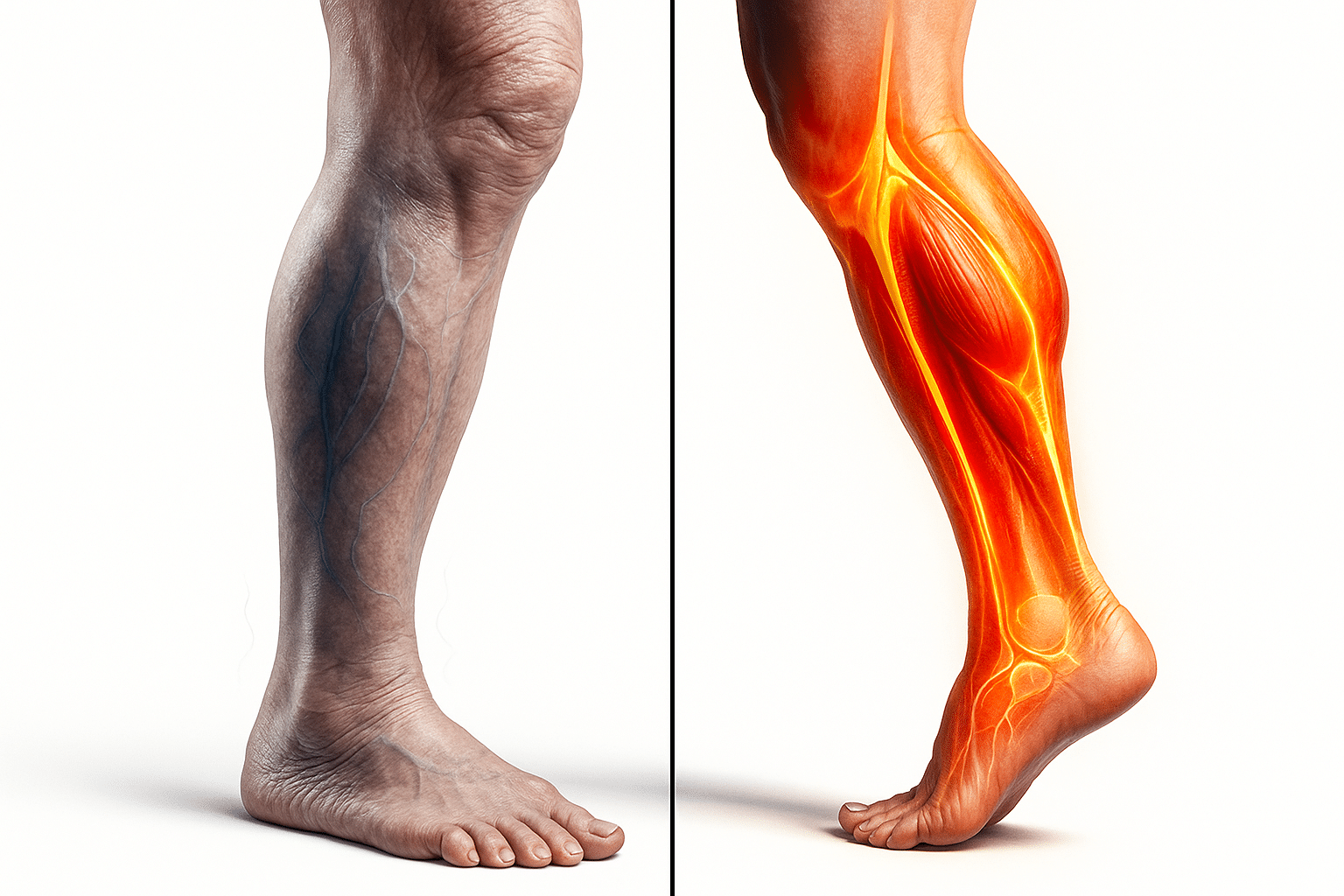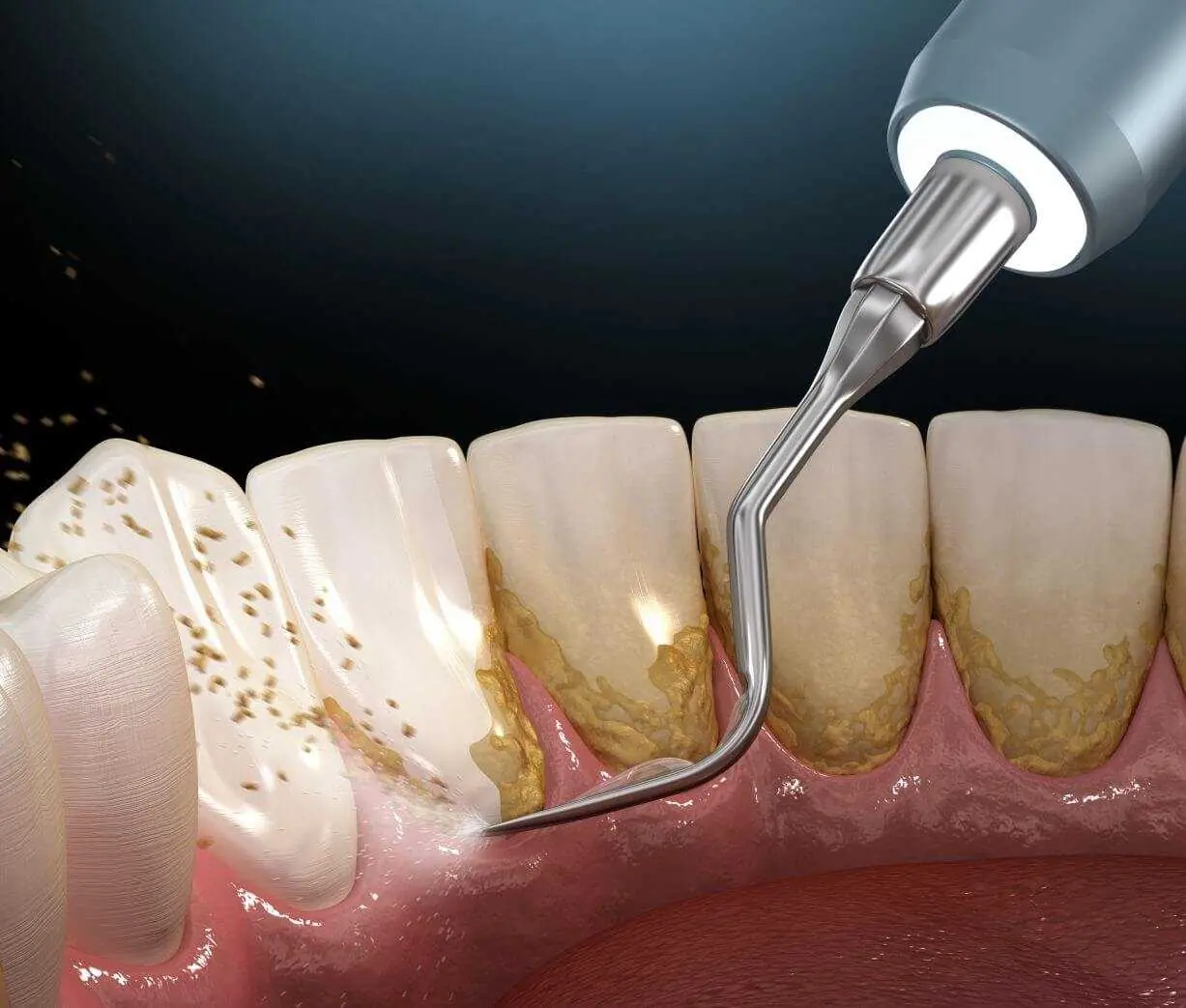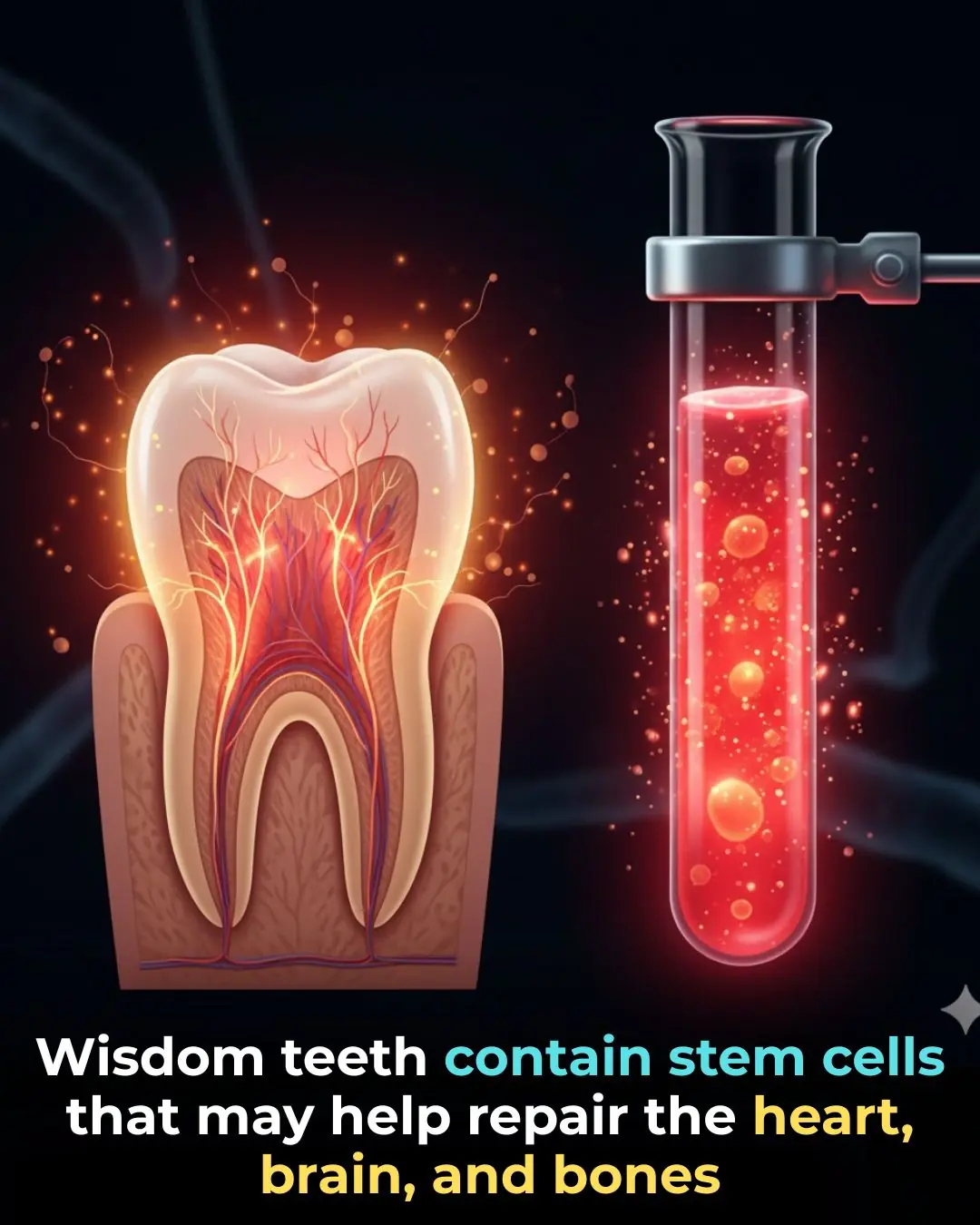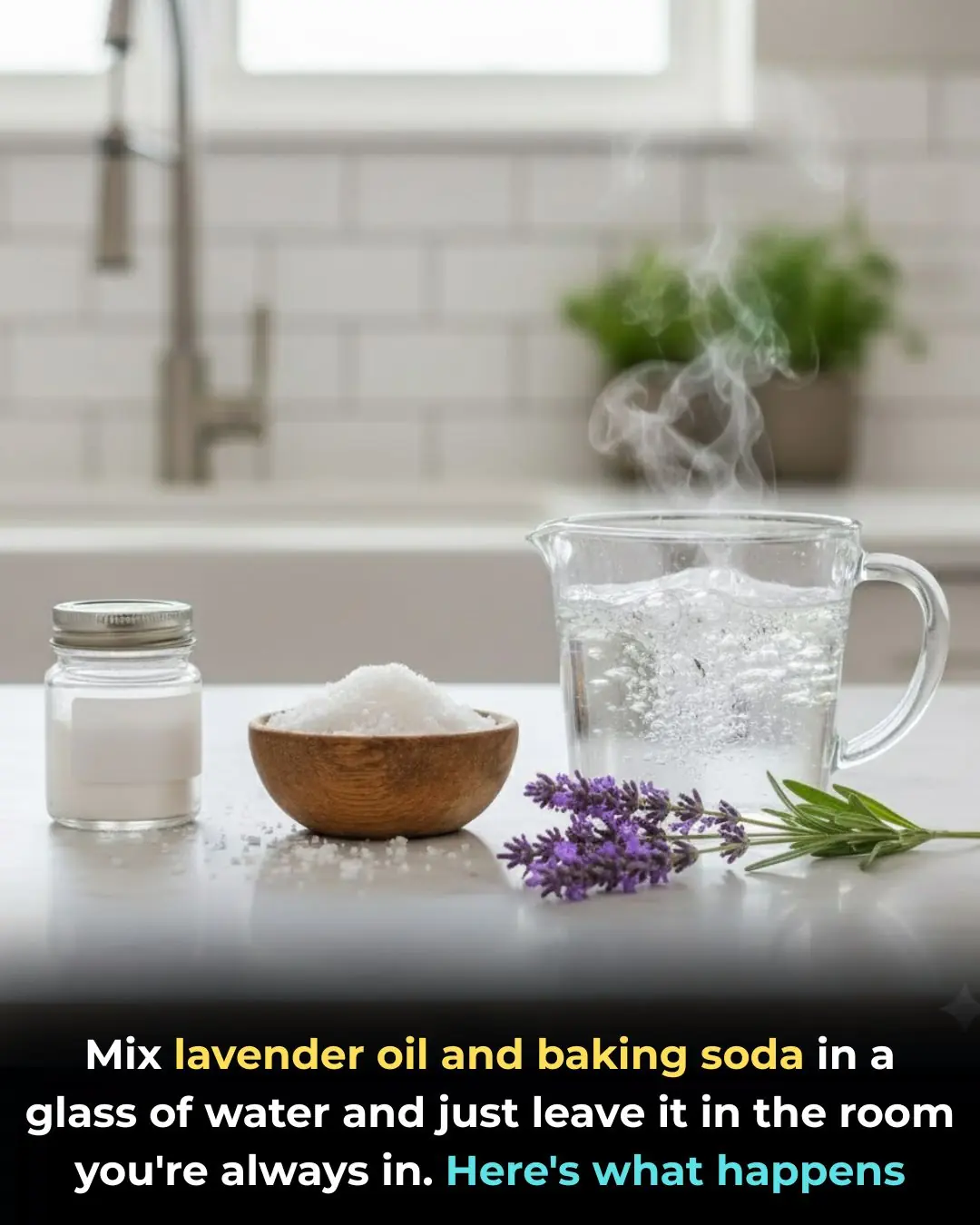
Warning! legs weaken first — 3 exercises every person over 50 must do

As we get older, staying strong and mobile becomes more than just a fitness goal—it’s a key part of maintaining independence and long-term health. Weak legs not only reduce your ability to move comfortably but can also contribute to serious issues such as balance problems, chronic pain, and even dangerous falls. In this expanded article, we’ll explore three essential exercises that everyone over 50 should include in their daily routine to support longevity, mobility, and overall wellness.
Key Takeaways
-
Strong legs are fundamental for long-term health, stability, and independence.
-
Incorporate calf raises, squats, and lunges into your routine for powerful results.
-
Improving balance and coordination helps significantly reduce fall risk.
-
“Exercise snacks”—short movement sessions throughout the day—are ideal for busy lifestyles.
-
Consistency is more important than intensity, especially when starting out.
Why Strong Legs Are So Important
Leg strength goes far beyond aesthetics. As we age, muscle naturally decreases, and this decline can accelerate without regular activity. Strong legs support the spine, improve posture, and help the body maintain stability during everyday tasks like climbing stairs, standing up, or carrying groceries.
Research consistently shows that people over 50 with weak lower-body muscles face a significantly higher risk of falls. These falls can lead to injuries such as hip fractures, which may take months to recover from and dramatically affect quality of life. The good news? Strengthening your legs can greatly reduce these risks and help you maintain independence for years to come.
Exercise 1: Calf Raises
Calf raises are one of the simplest yet most effective moves for improving lower-leg strength and balance. They can be performed almost anywhere and require little to no equipment.
How to Do Calf Raises
-
Stand near a wall, countertop, or stair rail for stability.
-
Keep both feet flat on the ground.
-
Slowly lift your heels, rising onto your toes.
-
Pause briefly, feeling the contraction in your calves.
-
Lower your heels back down in a controlled motion.
-
Repeat for 10–15 reps.
As you grow stronger, try single-leg calf raises for an added challenge. Over time, aim for 20–30 reps per set.
Benefits of Calf Raises
-
Enhances balance and stability
-
Strengthens the ankles and lower legs
-
Boosts calorie burn
-
Helps moderate blood sugar levels when done after meals
-
Supports better walking posture and endurance
Exercise 2: Squats
Squats are a foundational movement for building strength in the thighs, hips, and glutes. They mimic everyday activities—like sitting and standing—making them extremely functional for older adults.
How to Do Basic Squats
-
Stand with feet shoulder-width apart.
-
Push your hips back as if sitting into a chair.
-
Bend your knees while keeping your chest lifted.
-
Go as low as comfortable, then push back up to standing.
-
Start with 8–12 reps.
Split Squats (Optional Variation)
Split squats involve stepping one foot forward and lowering your body in a controlled lunge-like motion. They target the legs individually, helping address muscle imbalances.
Benefits of Squats
-
Strengthens major lower-body muscle groups
-
Encourages hormone release that supports muscle growth and metabolism
-
Improves endurance and functional mobility
-
Helps maintain bone density, especially important after age 50
-
Supports better posture and reduces lower-back strain
Exercise 3: Lunges

Lunges are excellent for building leg strength while improving balance and flexibility. They also challenge coordination, making them especially useful for fall prevention.
How to Do a Basic Lunge
-
Begin standing tall.
-
Step one foot forward and lower your body, bending both knees.
-
Keep your front knee aligned over your ankle.
-
Push back to the starting position.
-
Alternate legs for 8–10 reps each side.
Walking Lunges (Variation)
Take a step forward into a lunge and continue stepping forward with each repetition. This increases intensity and engages the core.
Benefits of Lunges
-
Strengthens the quadriceps, hamstrings, and glutes
-
Improves flexibility in the hips
-
Enhances balance and coordination
-
Can be modified for knee or hip discomfort
-
Helps correct uneven strength between legs
How to Fit Exercise Into Your Day: Try “Exercise Snacks”
If you’re thinking, “I don’t have time for a full workout,” you’re not alone. That’s where exercise snacks come in—short bursts of activity spread throughout the day.
Examples of Exercise Snacks
-
Do calf raises while brushing your teeth
-
Perform squats during a TV commercial break
-
Add a few lunges when walking from room to room
-
Do a quick set before meals or while waiting for water to boil
Even 1–2 minutes at a time can make a meaningful difference when done consistently.
Tips for Success
-
Aim for two or more mini-sessions daily
-
Use walls or sturdy furniture for support when needed
-
Progress gradually and listen to your body
-
Prioritize proper form over speed or intensity
-
Stay hydrated and warm up with gentle marching or stretching
Conclusion
Adding calf raises, squats, and lunges to your daily routine is one of the simplest and most effective ways to maintain strong legs after 50. These exercises boost balance, improve mobility, increase muscle mass, and support a healthier metabolism. Most importantly, they help ensure you can keep doing the things you love—comfortably and independently—for many years to come.
It’s never too early or too late to start strengthening your legs. Begin today with just a few minutes, stay consistent, and experience the long-lasting benefits of a stronger, healthier body.
News in the same category


This one vitamin could help stop you from waking up to pee every night

Scientists say this nutrient may hold the key to reversing heart disease

Health problems that improve with vitamin B12 (and how to use it)

The 70-year-old blood pressure drug scientists say may help stop deadly brain tumors

These 4 common prescription drugs may be silently damaging your nerves

The #1 fastest way to reverse liver and kidney damage

The protein sources that build your body vs. the ones that waste your money

Powerful Foods That Help Prevent Clogged Arteries And Keep Your Heart Feeling 20 Again

Natural Plaque-Removal Tricks That Actually Work

I used castor oil for neuropathy – here’s what happened in 30 days!

What Is The Normal Blood Pressure For Each Age

How Two Quiet Hours a Day Can Rebuild Your Brain

Rose Essential Oil: New Research Shows 30 Days of Aromatherapy May Boost Gray Matter Volume

Italy’s Porous Streets: A Quiet Innovation That Lets Cities Breathe Again

🦵 Swollen Legs and Feet: Causes, Symptoms & Natural Relief Methods

🌿 If You Have These Two “Dimples” on Your Lower Back, Here’s What They Mean

How Wisdom Teeth Could Power the Next Generation of Regenerative Medicine

This one vitamin could help stop you from waking up to pee every night
News Post

Tips to deodorize the refrigerator

3 ways to make crispy roasted pork at home in a pan or fryer

5 Herbs Your Liver Wished You’d Start Eating More Often (Or At Least Try!)

Tips for hair treatment with okra, extremely effective against hair loss, baby hair grows bristling

This one vitamin could help stop you from waking up to pee every night

“How Indonesia’s Tarp Kiosks Are Redefining Public Drinking Water”

Just tried this and whoa

2 Simple and Effective Ways to Remove the Smell from Long-Frozen Meat

Lady had a bunch of empty old pill bottles

There’s a “Hidden Component” Under Your Washing Machine That Can Make Your Clothes Cleaner and Fresher

Wish I saw this sooner! Great tips!

Why Lung Cancer Targets Non-Smokers: The Hidden Kitchen Culprit You Might Not Know About

“Painting the Impossible: China’s Drone Experiments Turn Cliffs into Giant Artworks”

Dropping wind oil on garlic

‘Why Did You Come to This School?’: Lawsuit Says Chicago School Let 10-Year-Old Black Girl Be Called the N‑Word, Punched, and Threatened Daily—Then Blamed Her for the Disruption

Don't boil chicken with salt and water, otherwise it will be fishy and turn red.

Take the meat from the freezer and it's hard as bricks

Your Mattress Getting Dirty and Smelly? Sprinkle This on the Surface — No Water Needed, and It’ll Look Fresh Again

Sink Trick You Should Always Do Before Vacation
